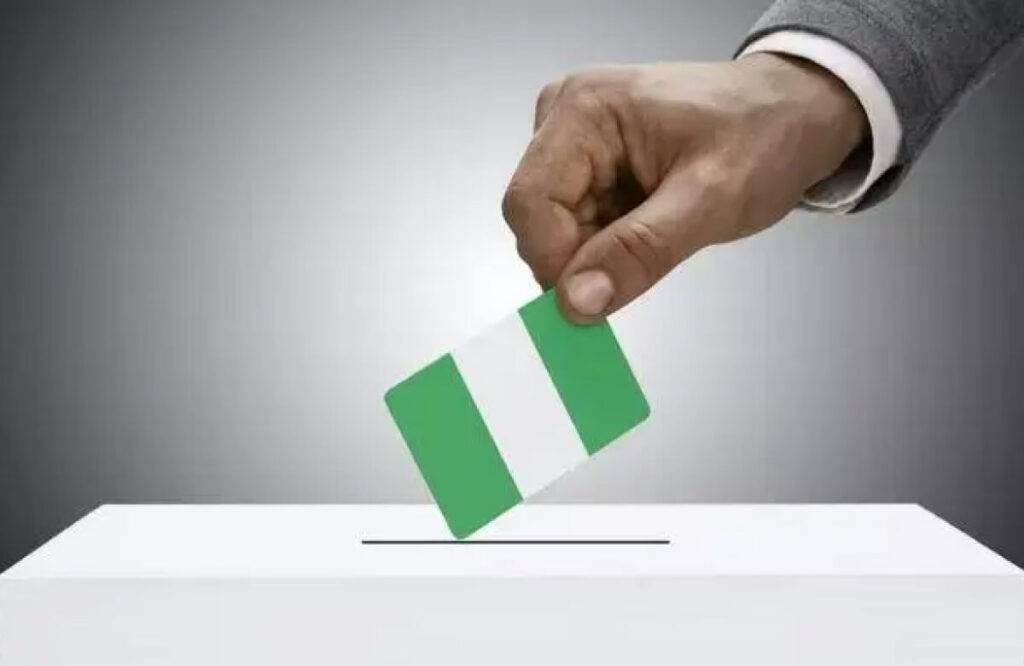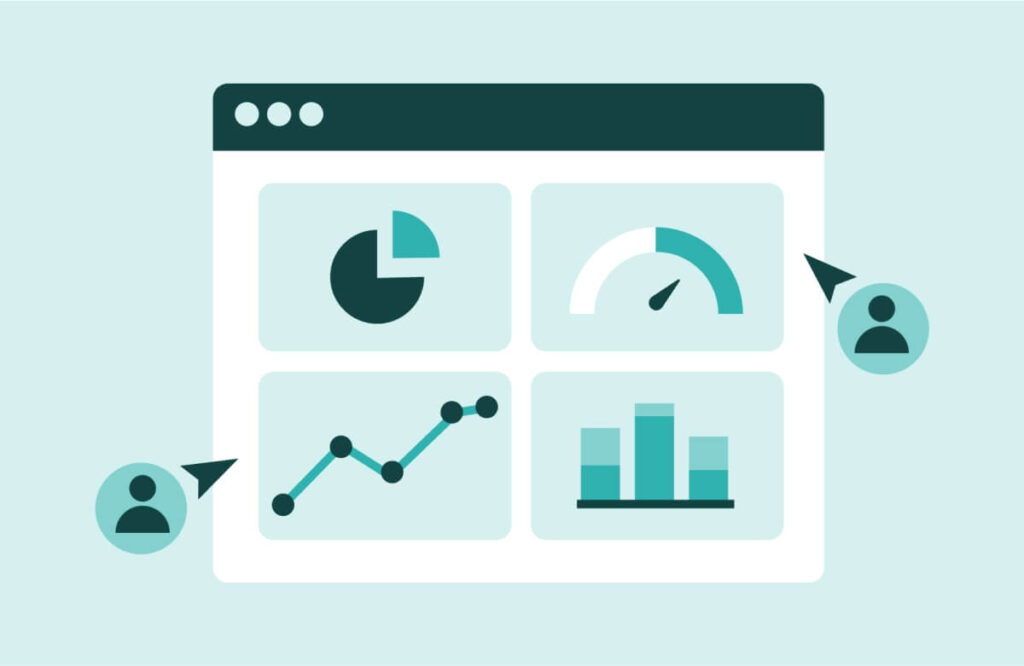
Election forecasting is a captivating realm where the convergence of data and democracy reshapes the political landscape. In an era defined by information and insight, the power of data in election forecasting cannot be overstated. It has evolved from rudimentary exit polls to sophisticated predictive modeling, revolutionizing the way political campaigns are waged and decisions are made. This article delves into the fascinating world of data-driven election forecasting, exploring how it empowers candidates, informs voters, and shapes the very essence of modern democracy.
The Evolution of Election Forecasting
Election forecasting isn’t a new concept; it has roots dating back to the early 20th century. However, the evolution of technology and data analytics has transformed this field. In its infancy, forecasting relied heavily on intuition and rudimentary polling methods. Today, it’s an intricate blend of data collection, statistical analysis, and predictive modeling. The ability to access real-time data from diverse sources, including social media, has made election forecasting more precise and dynamic than ever.
Data-Driven Decision-Making
The heart of election forecasting is data. Political campaigns and candidates now meticulously collect and analyze data from various sources, including voter demographics, past election results, and even sentiment analysis from social media platforms. This data-driven approach helps candidates understand their constituents on a granular level, allowing them to tailor their messages and campaign strategies to connect with specific demographics.
Predictive Modeling
Predictive modeling is the cornerstone of modern election forecasting. It involves creating mathematical models that use historical and real-time data to make predictions about future election outcomes. These models consider factors such as the economy, demographics, voter behavior, and candidate popularity. Machine learning algorithms are often applied to refine these models, resulting in more accurate and sophisticated predictions.
Election Polling
Election polling is a familiar aspect of election forecasting. Through well-designed surveys and opinion polls, campaign strategists and political analysts gain insights into voter preferences. Polls can capture shifts in public opinion, highlight key issues that resonate with voters, and predict how certain demographics may vote.
The Impact on Campaign Strategies
Data-driven election forecasting has revolutionized campaign strategies. It empowers candidates to allocate resources more efficiently, targeting their messages to specific groups of voters. It also enables campaigns to respond rapidly to changing dynamics by analyzing real-time data, making data-driven decisions on everything from ad spending to candidate appearances.
Informed Voting
For voters, data-driven election forecasting is equally transformative. It provides voters with more information and context, allowing them to make more informed choices. Voters can access a wealth of data about candidates, their policies, and the issues that matter most to them. They can also gauge the accuracy of various forecasts and make strategic voting decisions.
Challenges and Ethical Concerns
While data-driven election forecasting offers immense benefits, it also poses challenges and ethical concerns. One of the major challenges is data privacy and security. Protecting voter data and ensuring that it is used responsibly are paramount. Furthermore, the potential for bias in data collection and analysis is a concern, as it could lead to inaccurate forecasts.
Conclusion
The power of data in election forecasting is a double-edged sword. It empowers candidates, informs voters, and shapes the democratic process, but it also raises significant ethical and practical challenges. As technology continues to advance, the role of data in election forecasting will only become more prominent. Striking the right balance between harnessing the power of data and upholding the integrity of elections is a pivotal challenge for the future of democracy. In this era of big data, the fate of political decision-making rests in the hands of both the forecasters and the informed electorate.

